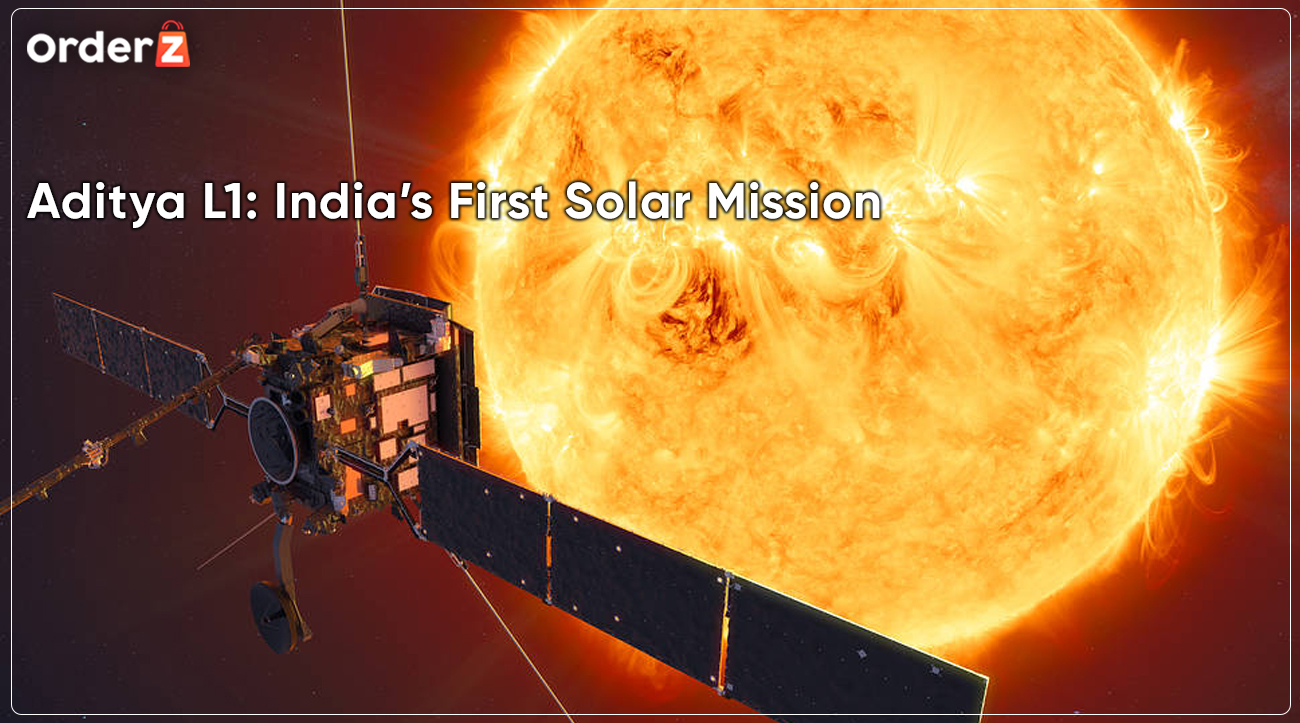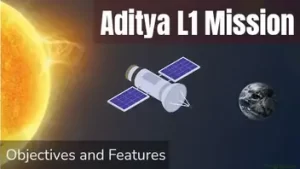Introduction
The Aditya L1 mission is India’s first solar mission. The spacecraft will be placed in a halo orbit around the Sun-Earth L1 Lagrange point, which is about 1.5 million kilometres from Earth. The mission is scheduled to launch on September 2, 2023, and will last for five years.
I am interested in this topic because I am fascinated by the Sun and its influence on Earth. I believe that the Aditya L1 mission will help us to better understand the Sun and its role in space weather, which can have a significant impact on our planet.
The purpose of this blog is to provide a brief overview of the Aditya L1 mission and its significance. I will also discuss some of the challenges and benefits of studying the Sun.
Launch details
The Aditya L1 mission will be launched by the Indian Space Research Organisation (ISRO) using a PSLV-XL rocket. The launch is scheduled to take place from the Satish Dhawan Space Centre in Sriharikota, India.
What exactly is the L1 point?
The L1 point is a unique position in space (Earth-Sun system) where the gravitational force of two massive masses (in this example, the Sun and Earth) is exactly equal to the centrifugal force required to propel a smaller object. But why choose the L1 point? This balance allows a spacecraft to maintain its position while using relatively little energy. The L1 point of the Earth-Sun system will provide an unobstructed view of the Sun.
What is Aditya L1 up to?
Aditya L1 did not go towards the Sun. Instead, Aditya L1 will enter a halo orbit around the Sun-Earth system’s Lagrange point 1 (L1), about 1.5 million kilometres from Earth. Because of its ideal location, Aditya L1 can continuously view the Sun unobstructed by eclipses or eclipses, allowing scientists to study solar activity and their impact on space weather in real-time.
Payloads
The Aditya L1 mission will carry seven payloads to study the Sun’s atmosphere. These payloads include:
- A solar ultraviolet imaging telescope (SUIT) to image the Sun’s chromosphere and corona
- A solar X-ray spectrometer to measure the Sun’s X-ray emission
- A solar wind plasma analyzer to measure the composition and dynamics of the solar wind
- A solar energetic particle detector to measure the flux of solar energetic particles
- A magnetometer to measure the Sun’s magnetic field
- A radiometer to measure the Sun’s thermal emission
- A star tracker to help the spacecraft maintain its orientation
Orbit
The Aditya L1 mission will be placed in a halo orbit around the Sun-Earth L1 Lagrange point. This is a point in space where the gravitational forces of the Sun and Earth are balanced. The halo orbit will allow the Aditya L1 spacecraft to stay in a fixed position relative to the Sun, while also orbiting Earth.
Challenges
There are several challenges associated with studying the Sun. One challenge is the extreme heat and radiation of the solar atmosphere. Another challenge is the fact that the Sun is constantly changing, making it difficult to study its properties.
Benefits
There are some benefits to studying the Sun. By understanding the Sun, we can better understand its influence on Earth. This includes its role in space weather, which can have a significant impact on our planet’s climate and telecommunications systems.
Conclusion
The Aditya L1 mission is a significant milestone for India’s space program. It is the first Indian mission to study the Sun, and it will help to position India as a leading player in solar research.
Excited about the Aditya L1 mission and its impact on our understanding of the Sun’s influence on Earth. Stay tuned for results and deeper insights into our star.
I hope that my blog has given you a better understanding of the Aditya L1 mission.
Thank you for reading!




